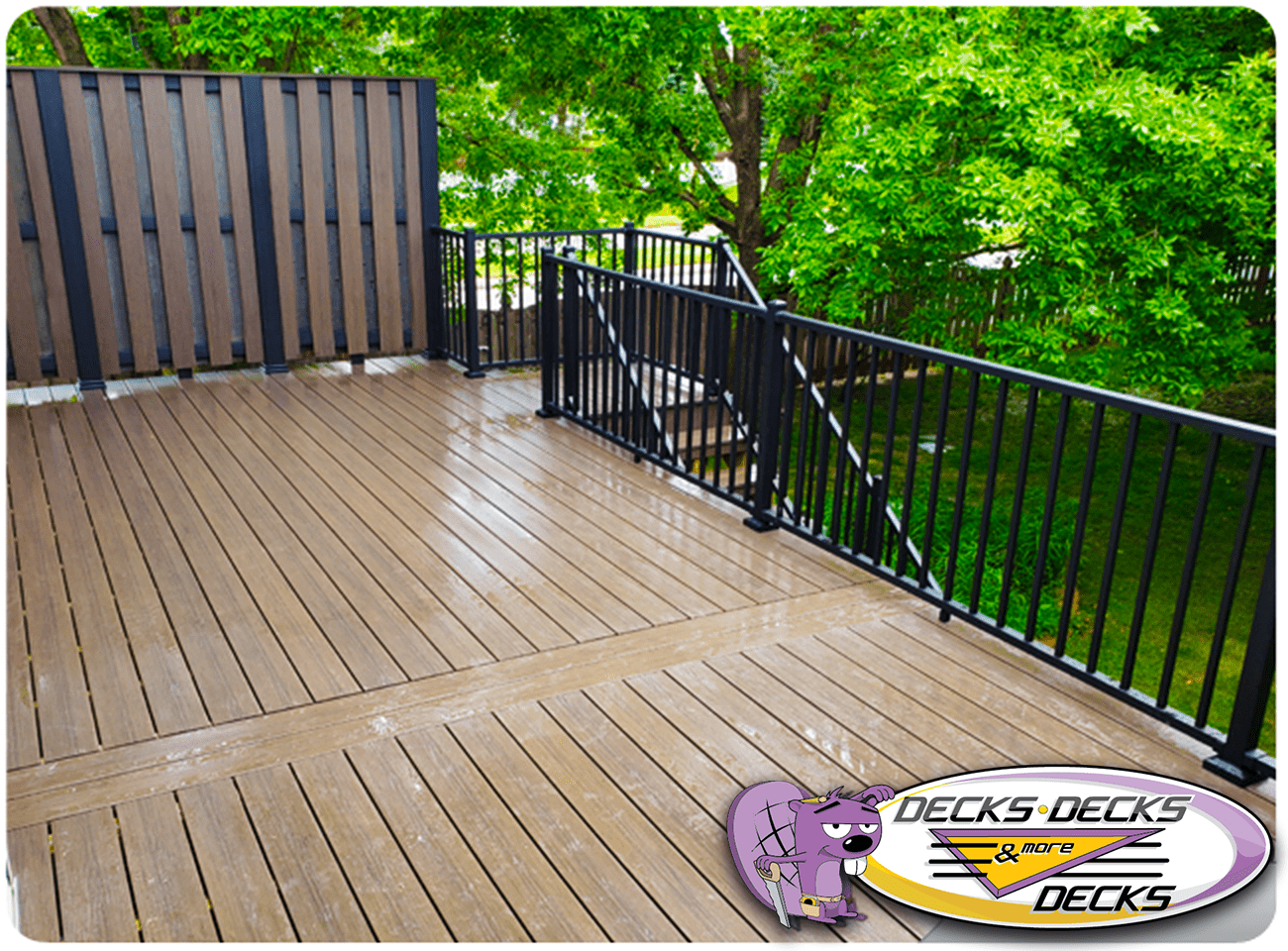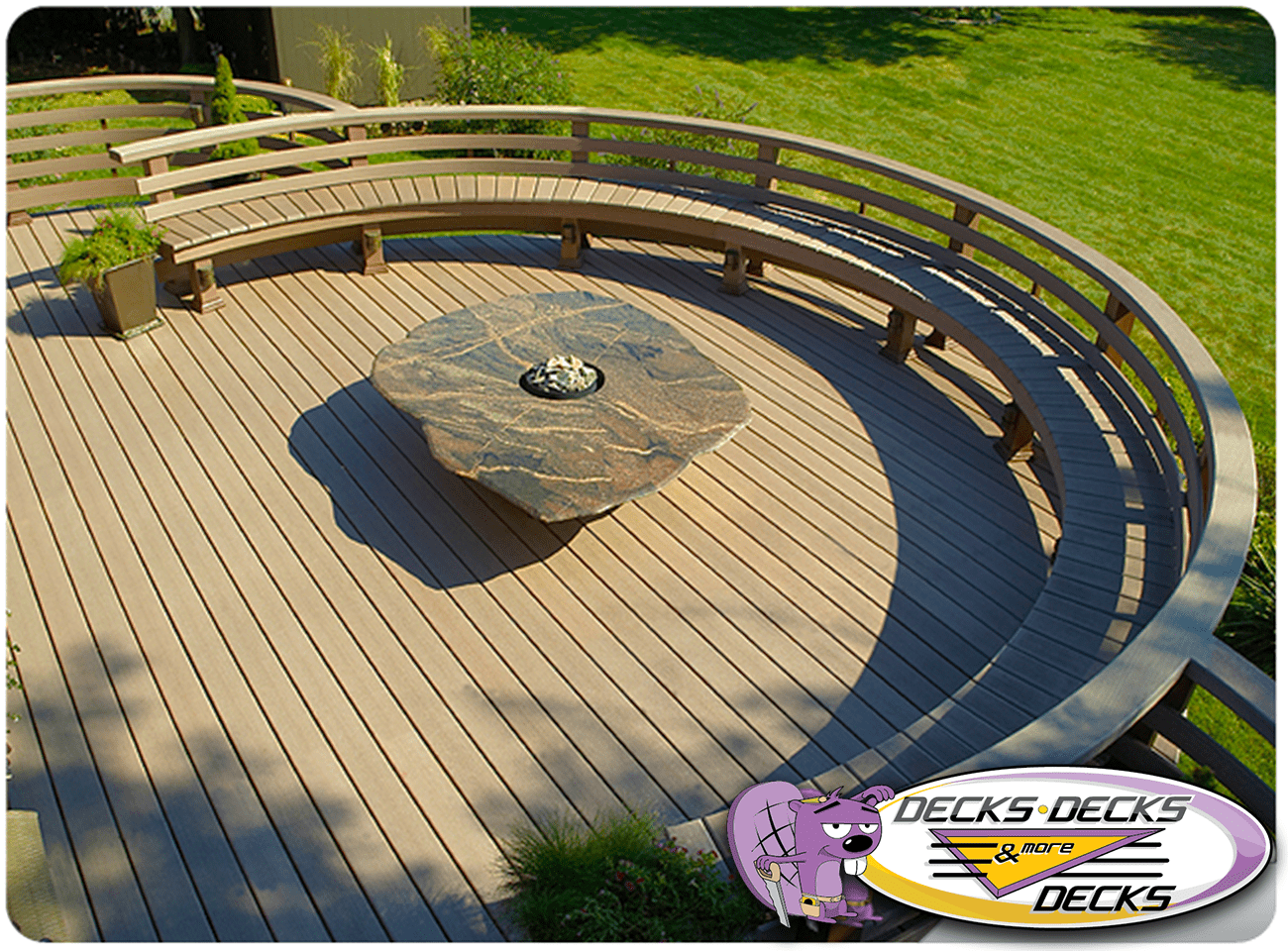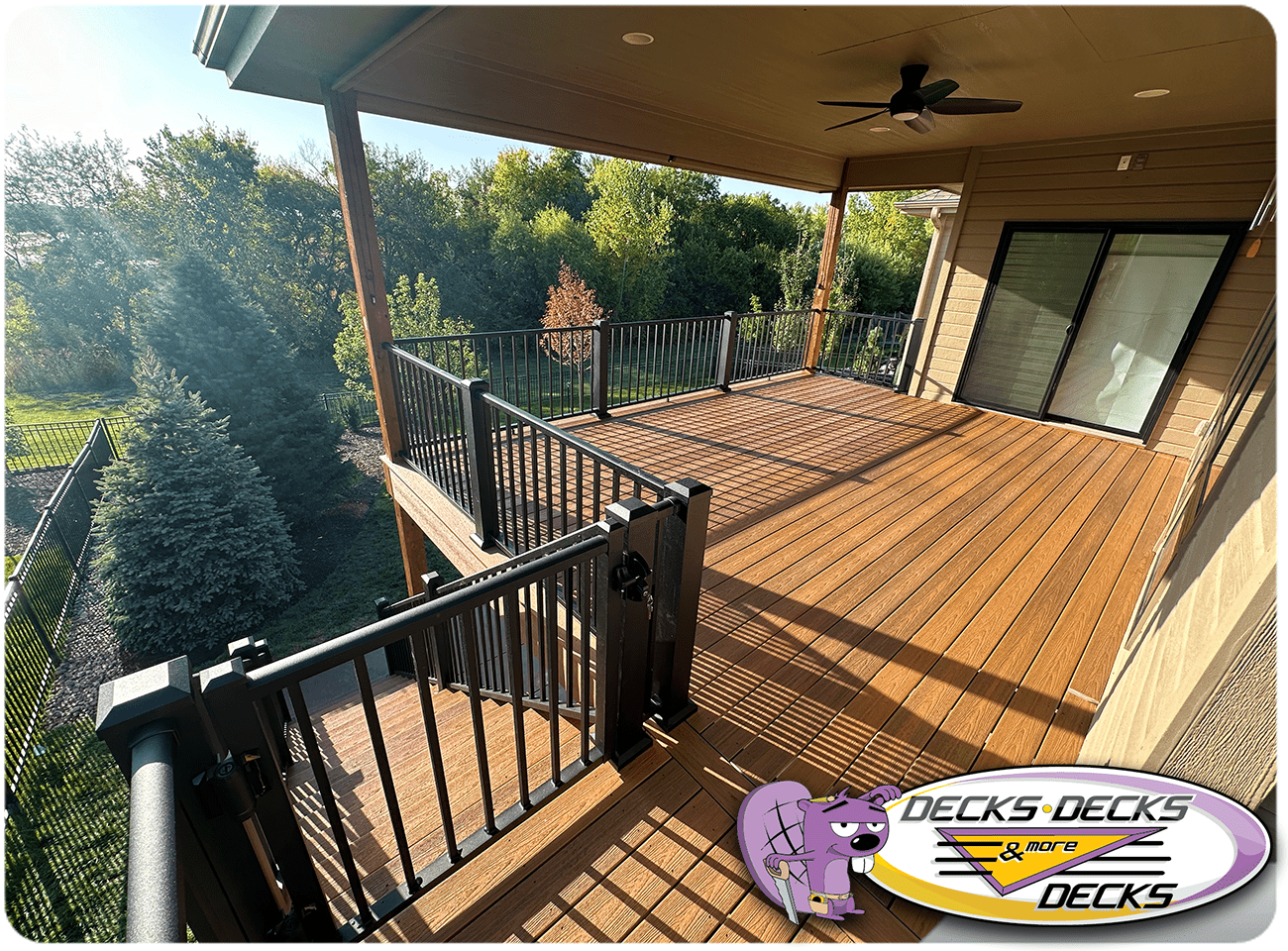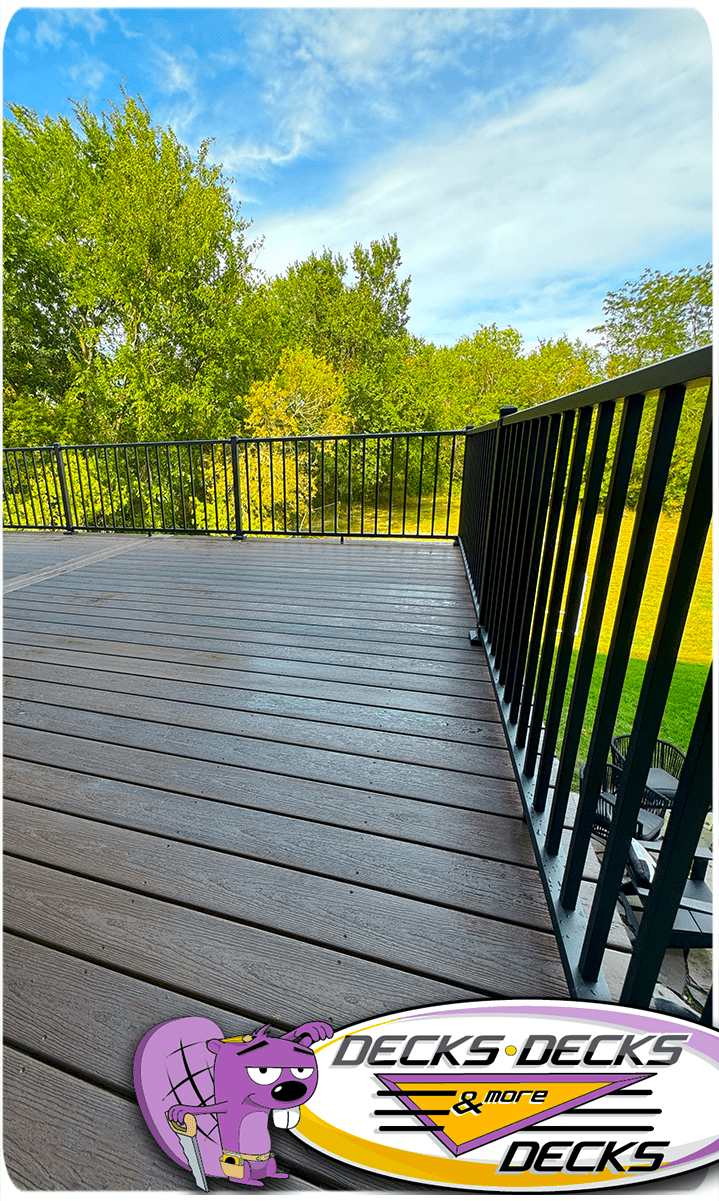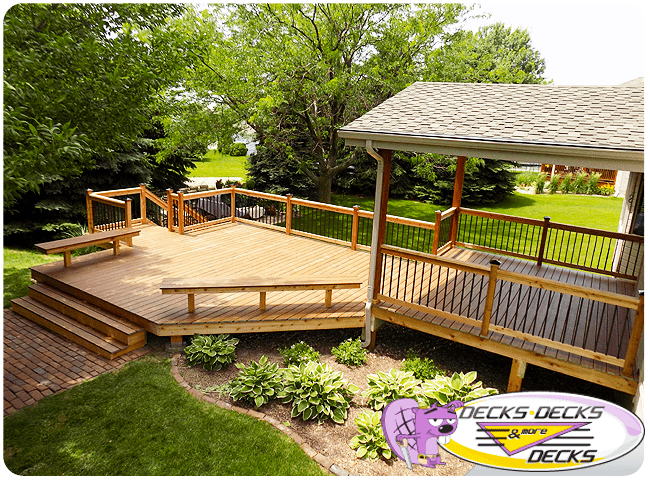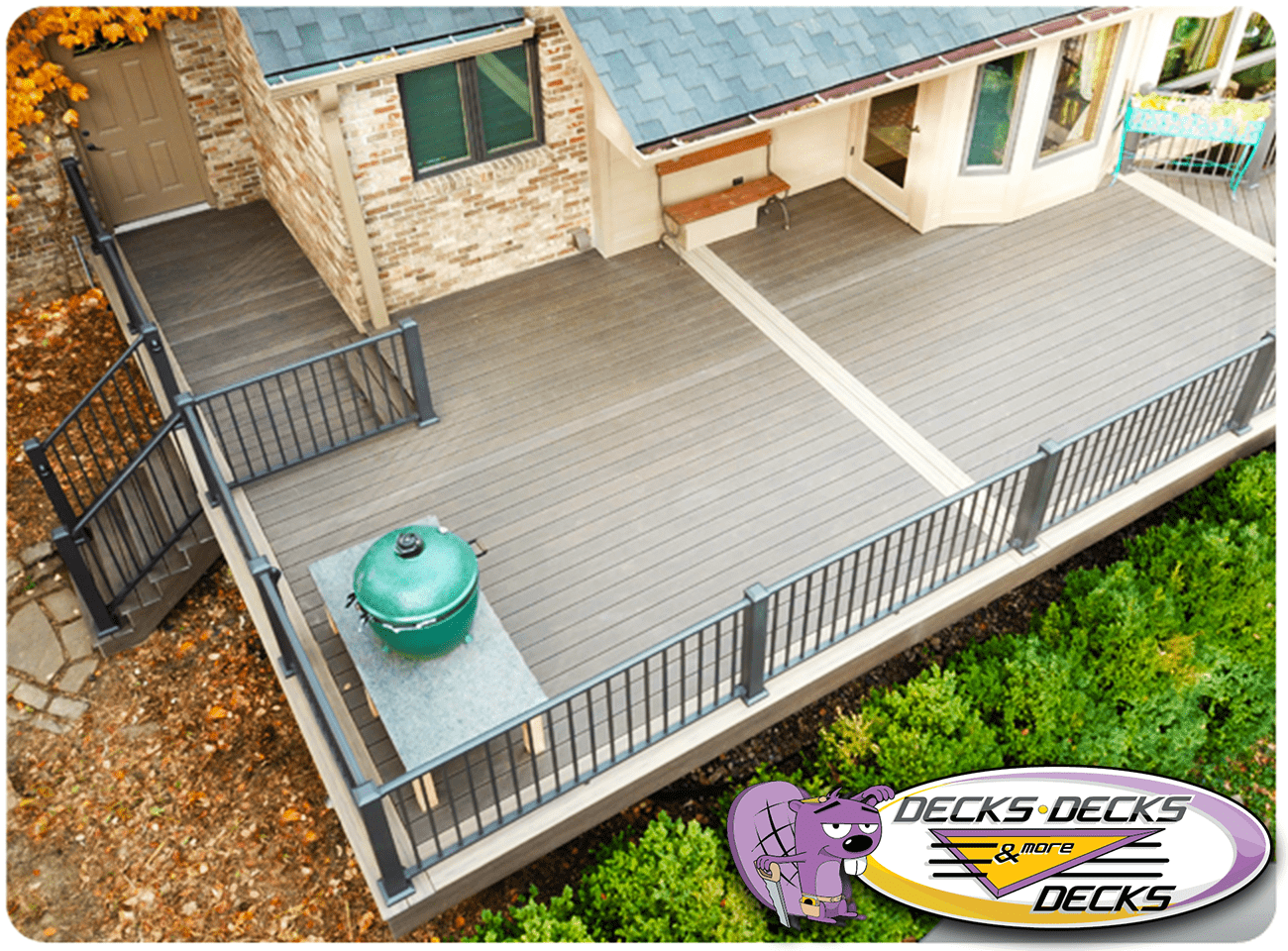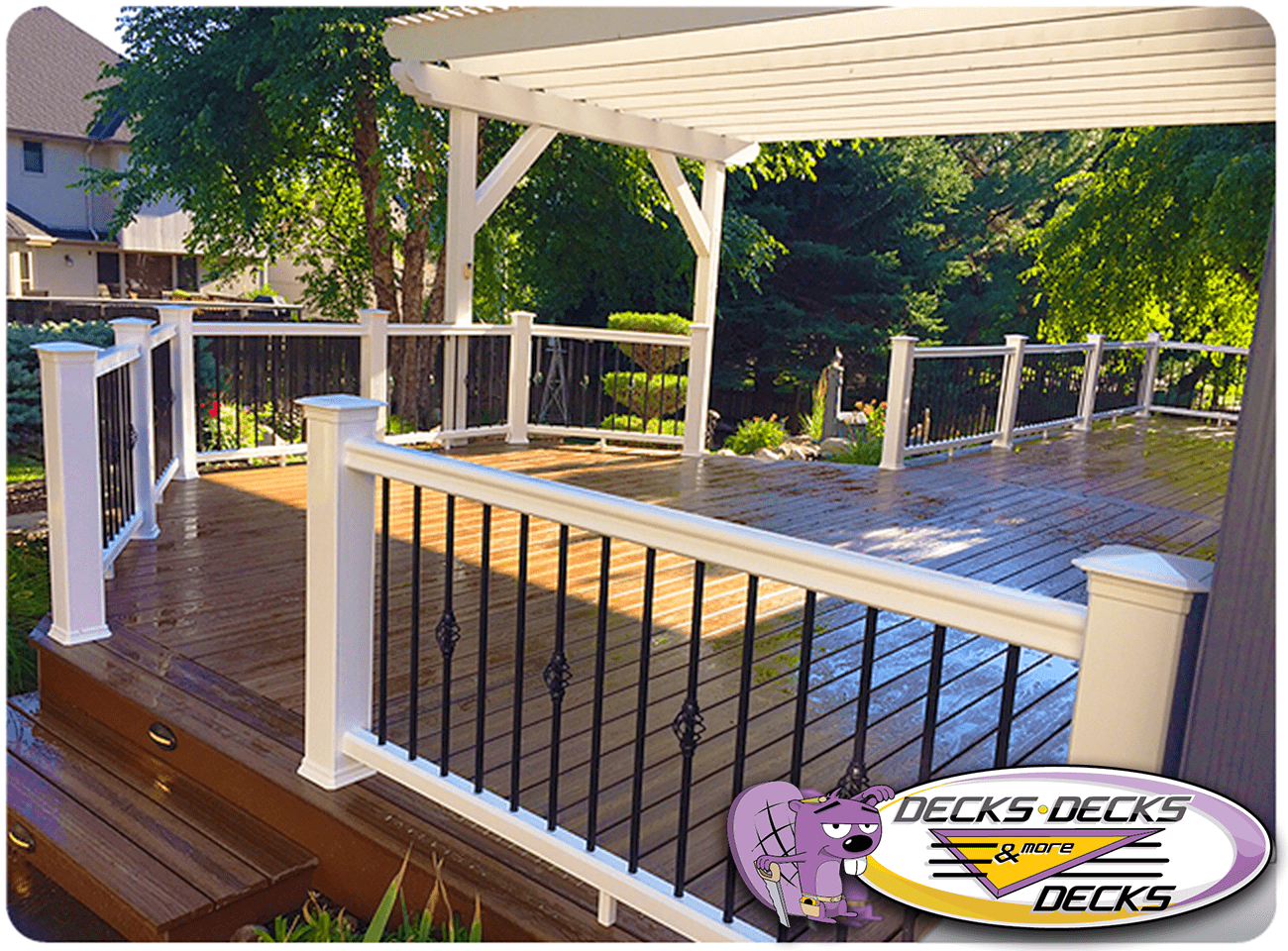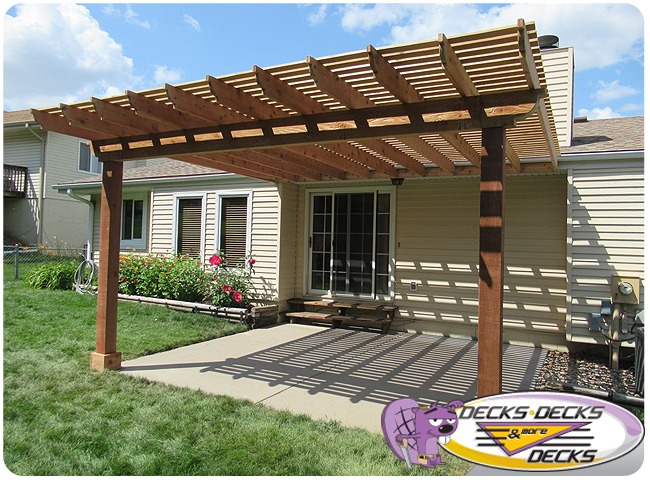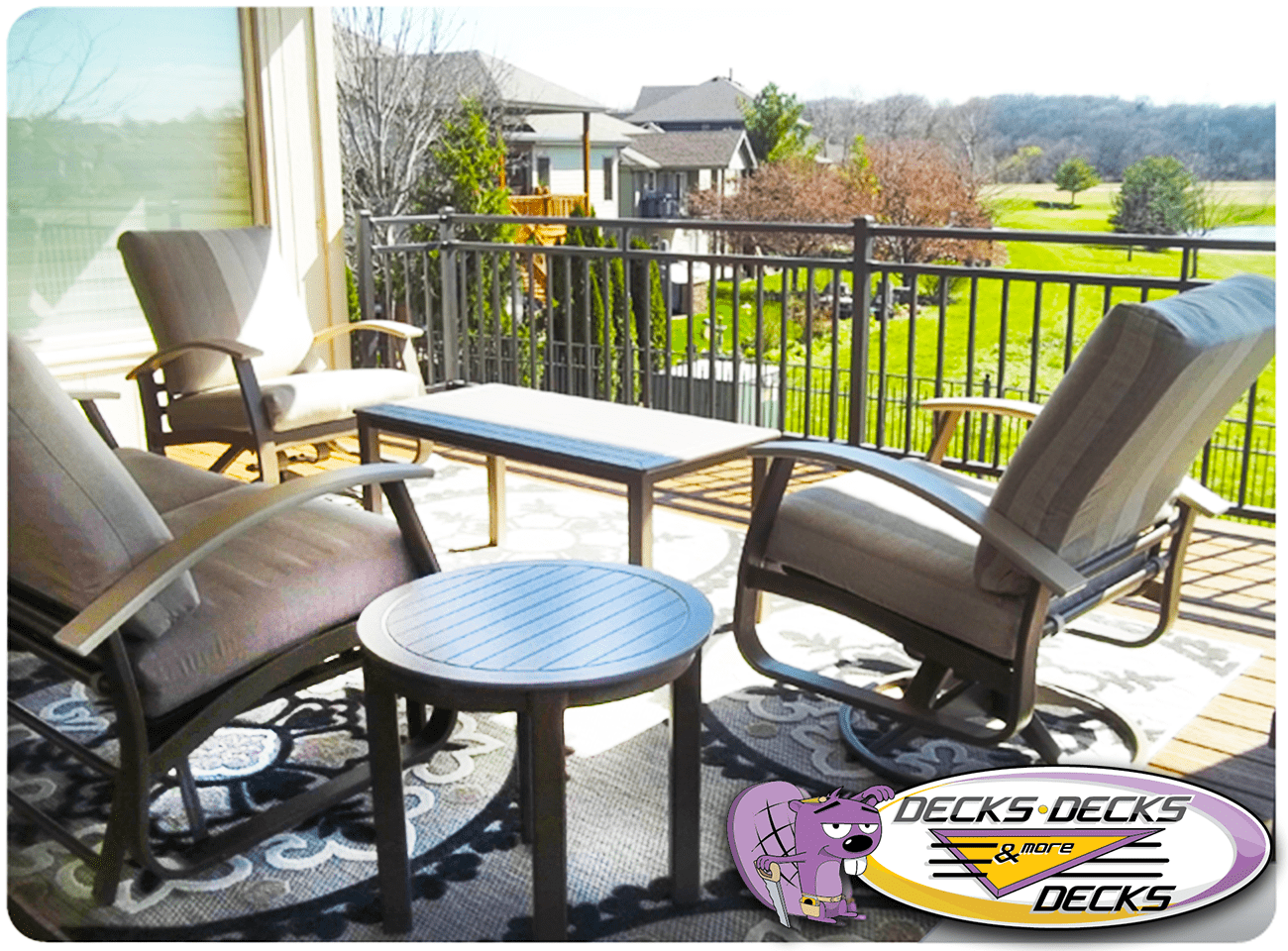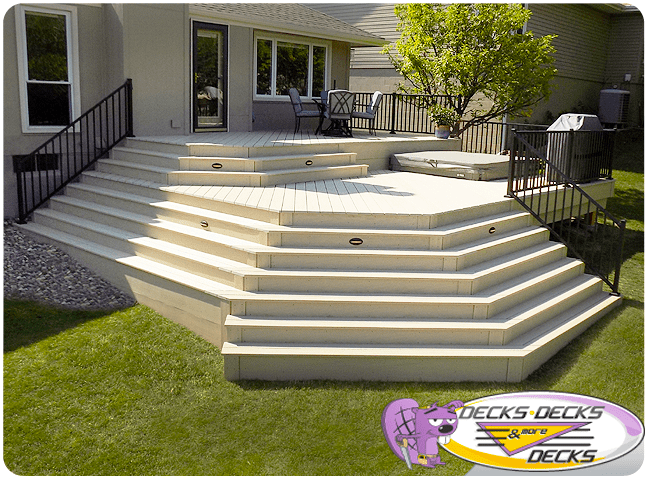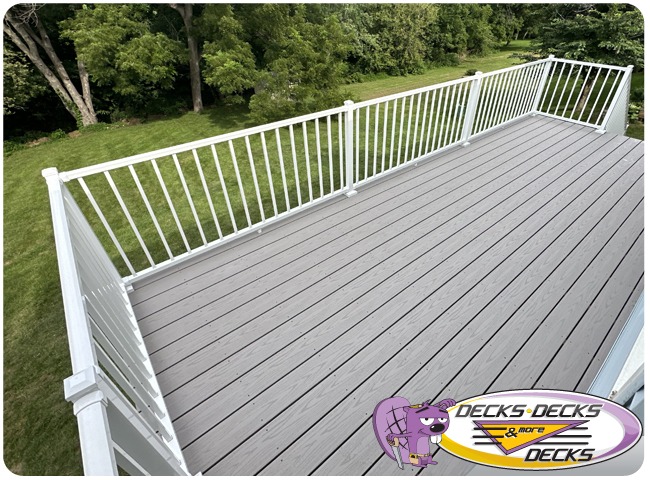The Best Deck Options: Cleaners, Materials, and Projects for Every Need
Creating the perfect deck involves careful consideration of materials, installation methods, and ongoing maintenance. Whether you’re looking to restore an old deck or start a new project, here’s a guide to the best deck cleaners, materials, and other essentials to keep your deck in top shape.
1. Best Deck Cleaner for a Fresh Start
The right deck cleaner can make a significant difference in the appearance and longevity of your deck. Look for a cleaner that’s suited to your deck material, such as a specialized wood cleaner for natural wood or a gentle cleanser for composite materials. Oxygenated cleaners are often the best deck cleaners for removing dirt, mold, and mildew without damaging the surface.
2. Best Deck Installation Tips
Proper installation is key to building a sturdy and long-lasting deck. Hiring a professional ensures that the deck is installed safely and to code, but if you’re going the DIY route, be sure to use quality fasteners, level the deck, and consider future maintenance needs. The best deck installations also account for drainage and structural integrity, giving you a deck that’s built to last.
3. Best Deck Material Options
There are several materials to choose from when building a deck, each with its own set of advantages. Wood, composite, PVC, and aluminum are popular options. The best deck material options depend on your budget, desired maintenance level, and climate. Composite and PVC are low-maintenance choices, while natural wood offers classic beauty with more upkeep.
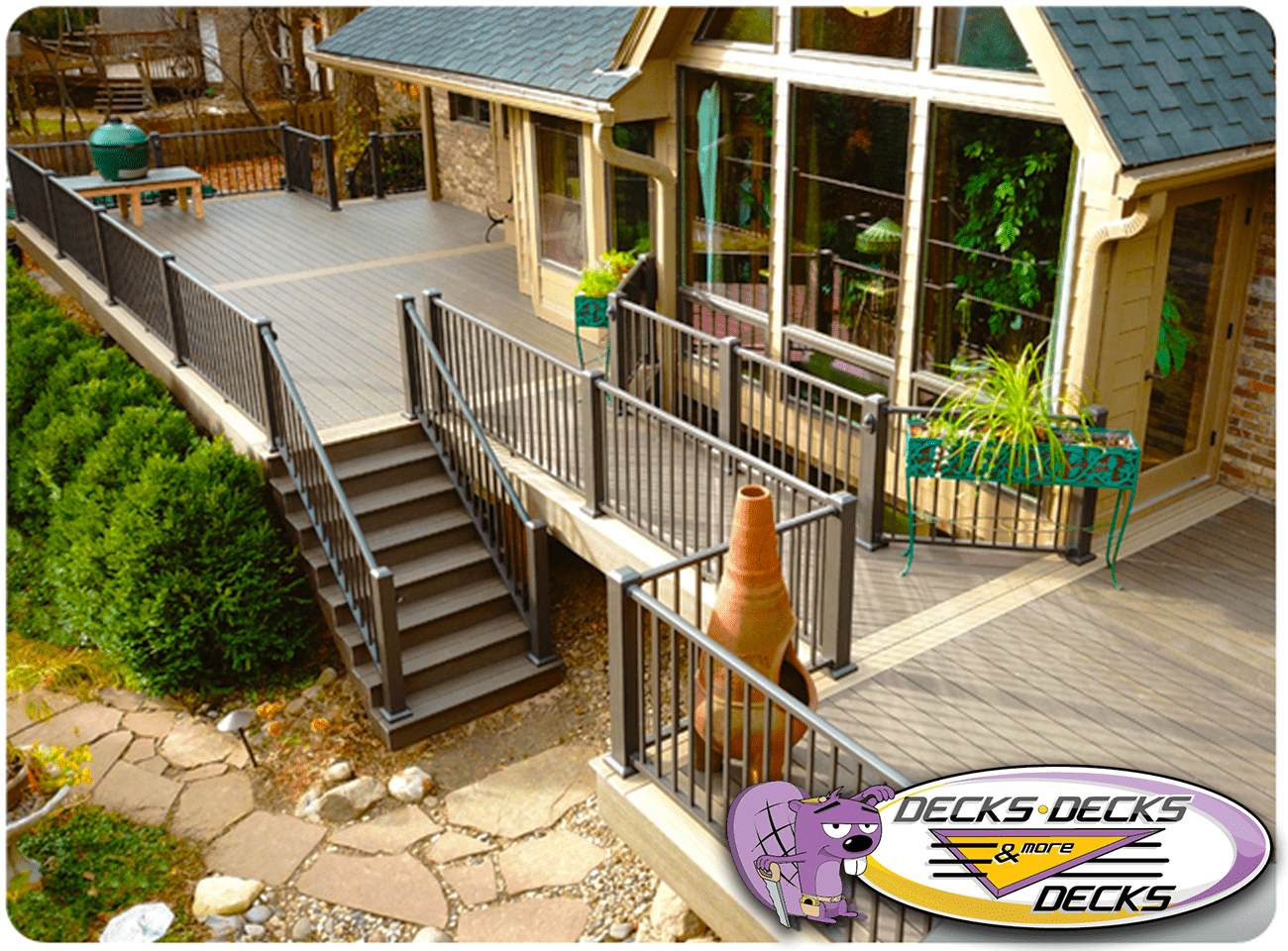
4. Best Deck Materials for Durability and Style
When it comes to choosing the best deck materials, consider how much maintenance you’re willing to handle. Cedar and redwood are beautiful wood options with natural rot resistance, while composite and PVC offer durability with minimal upkeep. Aluminum is an increasingly popular choice for its strength and sleek, modern look.
5. Best Deck Projects for Every Backyard
Whether you’re adding a simple deck extension or designing a multi-level outdoor oasis, there are plenty of deck projects to suit any backyard. Some of the best deck projects include adding built-in seating, incorporating planter boxes, or creating zones for cooking and dining. Custom railings, lighting, and shade structures can also add value and functionality.
6. Best Deck Sealer for Old Decks
If you’re working with an older deck, applying a quality sealer can restore its appearance and protect it from the elements. The best deck sealer for old decks should offer water resistance and UV protection to prevent cracking, warping, and fading. Look for penetrating sealers that soak into the wood for deeper protection and longer-lasting results.
7. Best Deck Stain for Cedar Decks
Cedar decks have a natural beauty that can be enhanced with the right stain. The best deck stain for cedar decks is semi-transparent, allowing the natural grain to show through while offering weather protection. Oil-based stains are particularly effective on cedar, as they nourish the wood and help it resist moisture and sun damage.
8. Best Decking Materials for a Low-Maintenance Lifestyle
For those who want a beautiful deck without the upkeep, composite and PVC decking materials are the best options. These materials resist fading, splintering, and mold, making them ideal for busy homeowners. They’re also available in a wide range of colors and textures, providing the look of natural wood with far less maintenance.
Final Thoughts on the Best Deck Choices
Choosing the best deck cleaner, material, or stain can elevate your outdoor space and ensure it stands up to weather and wear. Whether you’re building a new deck or maintaining an existing one, using high-quality products and materials tailored to your needs can make all the difference.


